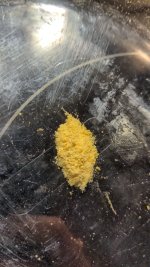also id take a look at these links in regards to plastics as well
Phthalates: Warning to those using plastic containers/instruments in extractions
#7 post from above link
Phthalates: Warning to those using plastic containers/instruments in extractions
#7 post from above link


